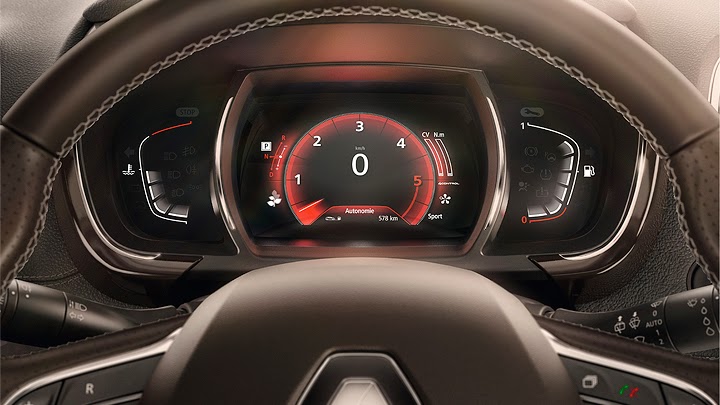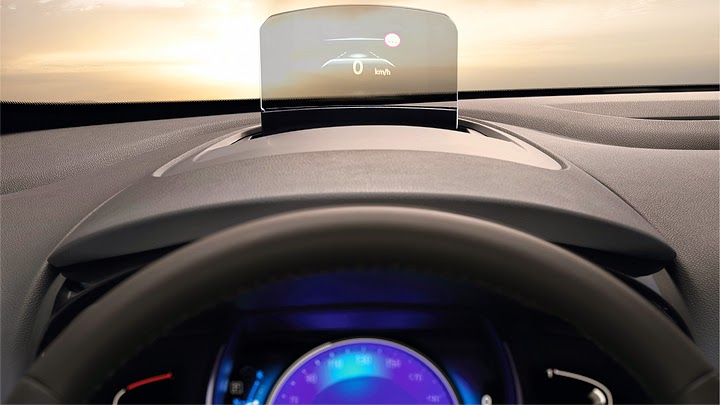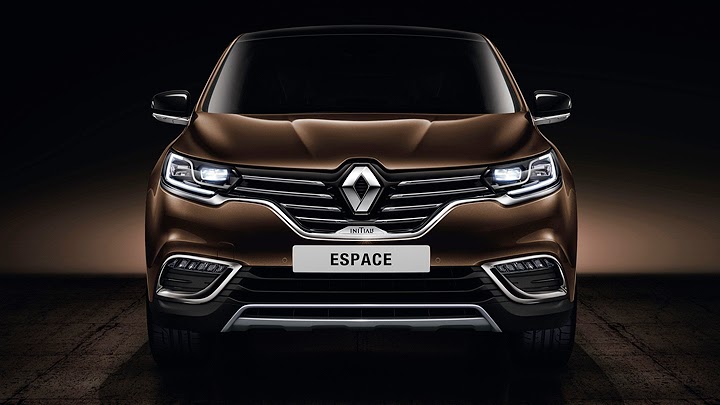
While Nissan released Prairie in Japan and Chrysler offered a set of three badge-engineered vehicles in the United States (Chrysler Town & Country, Dodge Caravan and Plymouth Voyager), the Europeans saw the minivans appear with Espace – all of them debuted in the early 1980s. What made them difficult to resist was the very same goal that almost every automaker pursues in nowadays: joining the advantages of multiple bodies into one single car. Buying a minivan at that time would give you huge room for people and/or cargo, while the modern construction made their external sizes favorable to an easy urban driving. And they were also sturdy enough for nice weekend drives. This explains the enormous success they achieved in the following years.
However, some problems did not take long to emerge. Their overall concept makes it hard to share parts with other cars, which means they aren’t cheap to produce. And it is also hard to sell them to people other than those who have big families, so their sales numbers can never be too high. Some companies invested in smaller minivans and others in simpler projects, during the 2000s, but the spotlights were already lost. By replacing the minivans’ “soccer-mom image” with much sportier looks, crossovers managed to seduce buyers from pretty much any other segment, rather than just minivans. Therefore, most of those automakers had to perform drastic changes on their mid and long-term plans, in order to remain competitive.








The fifth Espace is almost as big as its predecessor, but is indeed a whole new automobile. The minivan style was enhanced with so many crossover cues that it became attractive for both groups. The front fascia now accounts for a separate box, and uses Renault’s latest design language with LED headlights and a bigger grille, while the lower air intakes could perfectly suit an SUV. The sides feature a cleaner sheetmetal with a lower chrome insert and a taller waistline, while the chrome-surronded windows lead to an artistic “E” pillar. While the body looks more dynamic than ever, the stunning wheels aid to a very imponent result. The rear, in turn, invests in a clean design marked by a set of L-shaped lights which remind of Scénic’s.
Inside, the futuristic touch is given by the floating console. According to Renault, its asymmetrical design “houses all of the essential controls which fall readily to hand: a multi-function rotary control, the Multi-Sense® system's shortcut key, the push-button assisted parking brake and the cruise control/speed limiter switch”. Everything paired to the choice of four trim decor overlays and the impressive 8.7” display dedicated to the operation of R-Link 2.0, Renault’s standard infotainment central. The vertical orientation reminds of Tesla and Volvo’s screens, but Espace has a clever addition: the gear lever’s design took inspiration from the aeronautical industry, and was positioned in a way that the driver can also use it as a wrist rest while using the screen.








Also interesting is the ambient lighting, which contributes to the sense of wellbeing, creates a sensation of lightness, and varies with the selected driving mode. The interior is filled with storage areas, including the Easy Life drawer, which converts the glove box into a 12-liter compartment. The second-row seats are individual and can be adjusted either by their buttons or using R-Link. But the same controls can be used by an even cooler feature: you can fold or unfold any rear seat this way, always with electric operation. These and all the other habitability functions are co-ordinated by the aforementioned MultiSense, which affects all the car’s settings in order to suit whatever the driver selects: it goes from the engine sound to how the seat massages are done.
Espace’s brand new construction is based on Renault-Nissan’s CMF modular platform, and was also responsible for a 250-kg reduction compared to the outgoing vehicle. Fuel efficiency is obtained by both the use of lightweight materials and the improved aerodynamics (Cd of 0.30). Such evolution enabled it to use nothing but turbocharged 1.6L engines: with diesel, dCi 130 reaches 130 hp and 32.6 kgfm and dCi 160 is good for 160 hp and 38.8 kgfm. If you prefer petrol, the TCe 200 came from the current Clio R.S. and delivers 200 hp and 26.5 kgfm. The respective transmissions will be six-speed manual, and dual-clutch EDC with six and seven speeds, all of them with start/stop. But if you want to be even more impressed, just keep reading.
Renault Espace Initiale Paris










Honoring the name under which its concept-car appeared, Espace’s new generation follows the European Clio and receives the Initiale Paris luxury trim for the first time. Renault’s intention is to extend it to more vehicles, at first, and if the market receives it well enough, start thinking of a separate luxury brand – what PSA is already doing with DS. But the French automaker deserves special attention because the new version works in a different way. Instead of investing in lots of chrome and wooden inserts and discreet designs, it offers a new interpreation of what should a luxury car be. The exterior, for instance, doesn’t go too far from new wheels, exclusive colors and changing the rear “Espace” logotype for “Initiale”.
Entering the car, in turn, reveals a thoroughly-improved cabin. There are exclusive individual seats for all the seven occupants, with more ergonomic head rests and 10-way adjustability (eight of them electrical). These present Lune Gray or Dark Brown Nappa full-grain upholstery, same colors seen at the dashboard stitchings. But there is more Nappa leather at steering wheel, door panels and arm rests. Other great equipments are Bose audio system, with the Centerpoint 2 technology, surround-sound and twelve high-performance loudspeakers. On the other hand, Espace’s new crossover influences will prevent it of having a long-wheelbase variation. Both regular and Initiale Paris will go on sale next year.